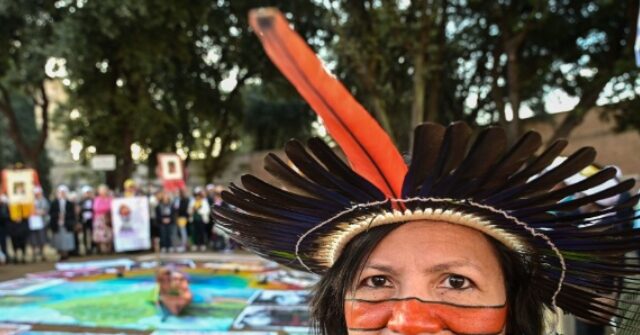Archbishop Jaime Spengler, the president of the Latin American and Caribbean Episcopal Council (CELAM), has confirmed significant developments regarding the Amazon rite and Indigenous inculturation within the liturgy in Brazil. This confirmation came during a synodal press conference where Spengler was questioned about the concept of an “Amazon rite” or what many supporters refer to as “inculturated liturgy.” He announced that a trial period for the Amazon liturgy will commence later this year, as articulated by Father Agenor Brighenti, head of CELAM’s theological team and an advisor to the Ecclesial Conference of the Amazon (CEAMA). This initiative aims to address the unique pastoral challenges faced by communities in the Amazon region, where access to the Eucharist is often scarce, with some communities going days, weeks, or even years without celebrating Mass. Spengler remarks on the need for adaptation, highlighting that while the Catholic Church typically embraces the Roman rite, it must also consider various cultural realities surrounding worship in different geographical contexts.
Despite the noble intentions behind the Amazon rite, some church leaders express concerns regarding the potential incorporation of practices that conflict with established church teachings. For instance, Bishop Raimundo Vanthuy Neto from São Gabriel da Cachoeira highlighted that the Amazon rite may integrate elements of Indigenous cultures, potentially leading to hybrid practices that could perplex traditional Catholic doctrine. He provided examples such as Indigenous groups using clay bowls for burning resins during rituals. This adaptation could risk crossing a delicate boundary where practices rooted in Indigenous spirituality could overshadow or dilute the essence of Catholic teachings, elevating local deities over Christ, essentially blurring the lines between faith and cultural identity.
The ambiguity concerning cultural integration is exemplified by the incident in 2023 when the Pachamama, a pagan idol, was publicly displayed during a Mass in Brazil dedicated to the Regional Assemblies of Latin America and the Caribbean. Images from the event captured the idol prominently placed in front of the ambo, prompting a backlash from critics who argue that such actions compromise the integrity of the Catholic faith. Detractors fear that the Amazon rite, if left unchecked, could pave the way for syncretic practices that amalgamate Catholic worship with Indigenous and pagan elements, further complicating the church’s teachings and its mission in the region.
Furthermore, Spengler’s remarks on the potential introduction of married clergy illustrate the evolving conversation within the church about pastoral needs and the nature of priesthood in light of the 2019 Amazon Synod’s Querida Amazonia. He expressed the necessity for an “openness” regarding the subject of married presbyters, emphasizing that the church must approach this topic with honesty. Unlike previous papal positions, Spengler seems to advocate for a reevaluation of the longstanding vow of celibacy, suggesting that creative solutions may be necessary to meet the spiritual needs of remote communities in the Amazon. His stance showcases a willingness within the church hierarchy to engage with contemporary demands and rethink traditional practices that may no longer serve emerging pastoral realities.
The larger Synod on Synodality is nearing completion, yet its implications and discussions may extend well beyond the concluding meetings. Pope Francis has instituted ten working groups with mandates that could reach into the year 2025, indicating that the dialogue surrounding the Amazon rite, Indigenous liturgy, and married clergy is far from settled. As the church grapples with these issues, questions about the authenticity of worship practices and the identity of the Catholic Church in Latin America come to the fore. These developments may catalyze a broader movement toward liturgical reform and pastoral adaptation in response to the diverse landscape of faith practice across different cultures and communities.
In conclusion, the unfolding story of the Amazon rite and its implications reflects the balance the church seeks to achieve between fidelity to tradition and the necessity of adaptation in a rapidly changing world. Archbishop Spengler’s call for openness signifies the church’s recognition of the unique challenges faced by communities in the Amazon while grappling with the risks and opportunities posed by inculturation. As these conversations evolve, they will undoubtedly affect the future of the church’s mission in Latin America, testing the boundaries of tradition and the need for a faith that resonates authentically with diverse cultural expressions. The dialogue surrounding potentially altering priestly celibacy, the integration of Indigenous cultural elements, and the overall direction of liturgical practices will profoundly shape the experiences of future generations within the Church.

